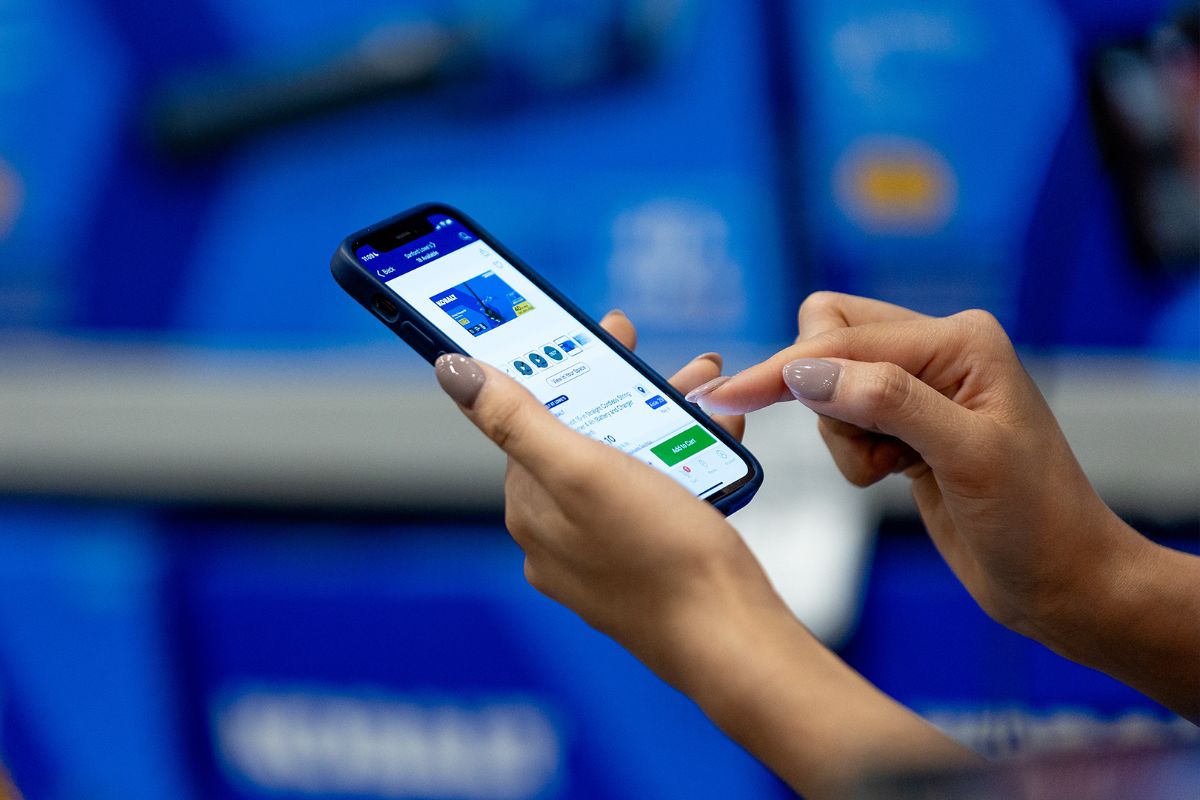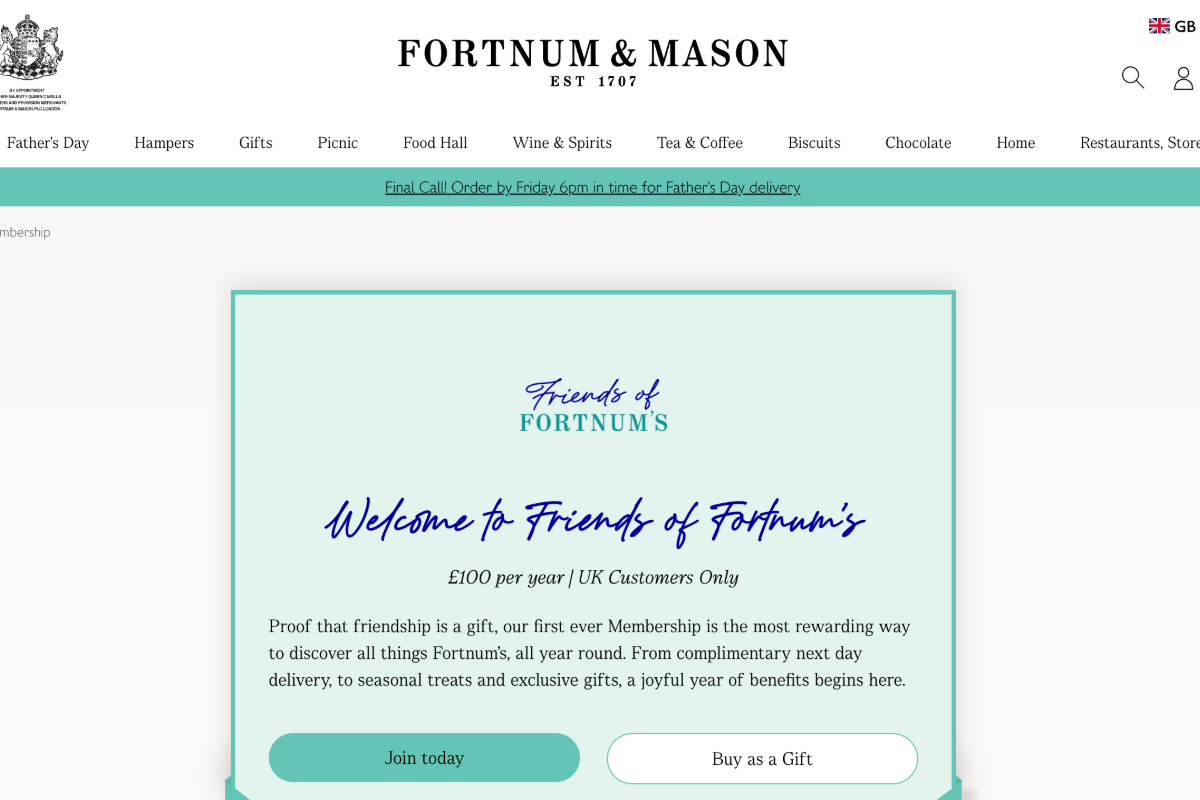Footasylum says that using machine-learning algorithms in social media advertising campaigns has given it an 8,400% return on ad spend. It’s a figure that Tom Summerfield, head of commerce at Footasylum describes as “outrageous”. It’s also, says its machine-learning provider Peak, 30 times higher than the industry average and 10 times higher than Footasylum’s standard marketing return on investment.
“The results were outrageous really, the return we got – we were blown away with the number,: says Tom Summerfield, head of commerce at Footasylum. “That number would look like a mistake, with an extra zero on, but it was really impressive to see. It came about just in normal trading strategy, harnessing segmentation tools that we used, deploying it via Facebook’s ad manager.”
Footasylum, ranked Top100 in IRUK Top500 2019 research, used Peak’s Customer AI system on a campaign targeted at students. It created a customer view of the people most likely to be both engaged with Footasylum and in the market for its products. The resulting customer segment profiles were then used to target lookalike audiences via social media in order to win new customers.
“We’re trying to remove friction from the consumer journey, trying to show the right customers the right products at the right times in a way that if we know that customer is in market, we have a high likelihood of finding something for them,” says Summerfield.
“Likewise if we know they have a low propensity to purchase we’ll back off and send a different type of message. We want to send less, better marketing to our customers. We’re removing friction from their journey but we’re featuring in their buying behaviours when they need us.”
The result comes soon after the news that Footasylum saw email revenue from its hyper-personalised marketing communications lift by 28%. Impressive results, that come after the retailer started working with Peak in 2018. At the time, says Tom Summerfield, head of commerce at Footasylum, “we knew we needed to be doing something in data AI and machine learning. We didn’t know what exactly what we were going to end up doing, but we were willing to learn.”
Machine learning across channels
The machine-learning extends across Footasylum’s digital footprint. Peak works closely with Footasylum’s marketing team to tune its technology in order to fit the Footasylum business, using touchpoints from the website to the mobile app, home to its Unlckd loyalty scheme – and the two are now extending their work with the aim of optimising the customer journey across all touchpoints, including the store.
“We feel in doing this we’re really future-proofing our bricks and mortar business as well as our ecommerce business,” says Summerfield. “I feel that’s an important part for customers to realise: it isn’t just an ecommerce play, we’re looking at this as a true omnichannel piece. The next step for us is to really start to enhance, optimise our consumer’s journey. It might be we see them on the website but then they actually purchase in the store. Or we see them on the website, they go to the store, and then we see them on the app and they purchase on the app. Being able to be aware and then optimise journeys is a really exciting thing that we are moving towards. And because of our loyalty scheme we’re able to understand our consumers’ behaviour better.”
Richard Potter, chief executive of Peak, says that its technology helps retailers recognise shoppers as they buy online, through the app and in the store, including through loyalty data. The more a customer engages, the more “hyper personalised” the response can be.
“Better marketing, less marketing, drives relevance, increases engagement and in increasing engagement means customers become more loyal to the brand and retailer,” he said.
Potter adds: “So many challenges faced by retailers today can be unlocked by using data to really understand behaviours and build relationships with their customers.”
The future of the store
In the store, he says, that level of personalisation will be able to make sure “the right product groups are arranged together on the display, or that digital displays reflect the customers that are in store at any given time, or offers pop up on people’s inbox or in the application for retailers to the journey that they’ve just had in a physical store as well.”
In the future, then, we may expect to see Footasylum digital displays change in recognition of the customers who are in the store at any given moment. Right now, says Summerfield: “A proud bit of the Footasylum business is how stores are merchandised in a really hyperlocal way. That’s something that Footasylum is really proud of, but now the way we’re able to use the data and analyse our customers’ behaviours further informs those processes. We’re able to take cues from the website, as well as the stuff that’s doing well in store and mirror that in even more detail in the stores.”
Both argue that this will mean a rethinking of the role of high street stores, as retailers become more able to understand how customers are using them now – and to predict demand in the future.
“To give one great example,” says Potter, “and given that a connected AI system should be able to understand that a retailer might have a particular product line that is slow moving and will have excess stock of a particular product, early on before it does, the same system would be able to go and promote that exact product line to people who might be in market for a particular product at a particular time and have high likelihood of buying that product – and make sure under or overstocking doesn’t happen. If you always have the right product in the right place, at the right time for customers you can achieve that using AI and run a much leaner, faster growing retail operation off the back of that.”
Summerfield says: “Actually it will massively inform what happens to our store portfolio. It doesn’t mean it would necessarily shrink – a lot of people are probably thinking that the EBITDA contributions of certain stores are not where they need to be so we’d better start shutting them, but that’s not true, basically. What those stores offer in terms of a digital halo effect is difficult to measure but super valid, so we are looking forward to getting a grip on that attribution which will inform what happens on the high street. Armed with that info, it puts a whole new case forwards for the high street, and think it’s something people are starting to wake up to – but certainly there are some big institutional retailers that have not woken up fast enough and it’s a problem. We’re satisfied that we are fully aware of that and we’re making some moves to be in control of it.”
Image courtesy of Footasylum








